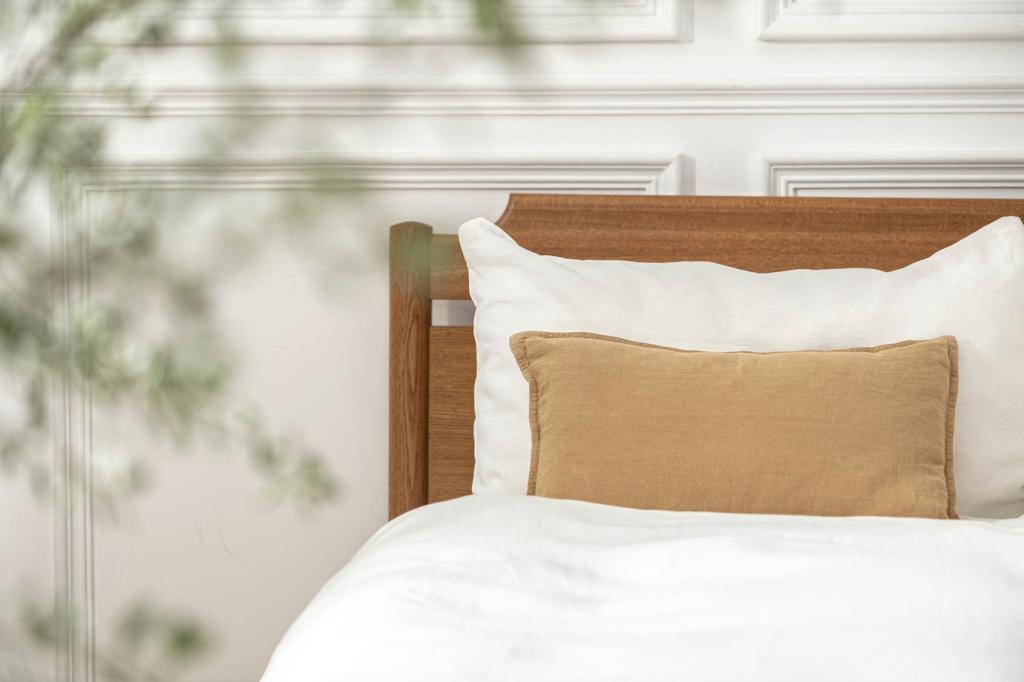Biophilic Design: Bringing Nature Indoors
Biophilic design is a transformative approach that integrates the essence of nature within built environments, creating spaces that foster wellness, creativity, and productivity. Rooted in the concept that humans have an innate affinity for the natural world, this design philosophy transcends mere aesthetics to deliver physical, emotional, and psychological benefits. By thoughtfully incorporating natural elements and patterns, biophilic design helps combat the disconnect from nature that often occurs in modern urban life, resulting in healthier and more inspiring living and working spaces.

The Principles of Biophilic Design
Directly incorporating natural elements such as plants, water features, and daylight is one of the main facets of biophilic design. These elements provide multisensory experiences—sight, sound, touch, and even scent—that create a sense of being closer to the outdoors. The presence of living plants not only improves air quality but also has a calming and restorative effect, while the inclusion of natural water sounds can reduce stress and enhance concentration. Using large windows or skylights allows sunlight to filter through spaces, boosting mood and energy and contributing to the overall feeling of vitality in an interior.
Previous
Next
Health and Wellbeing Benefits

Stress Reduction and Mood Enhancement
Integrating nature-inspired features into indoor environments has been proven to lower stress levels and cultivate a more positive mood. Exposure to greenery, natural textures, and daylight can prompt the body to reduce cortisol production, leading to a measurable decrease in anxiety. This physiological response aligns with our evolutionary background, where natural settings were often associated with safety and resource abundance. Therefore, incorporating biophilic elements contributes to an overall sense of comfort and calm, making it easier for building occupants to relax and recharge.

Improved Cognitive Function
Biophilic design principles benefit cognitive performance by engaging the senses and stimulating the mind. Access to natural light regulates circadian rhythms, supporting alertness and concentration during the day. Views of greenery or complex, fractal forms can refresh attention and enhance problem-solving abilities by providing subtle mental escapes from routine tasks. This has particularly powerful implications for workplaces, learning environments, and creative studios, where sustained focus and ingenuity are essential. By designing with cognitive health in mind, biophilic spaces help people perform better and feel more satisfied with their environment.

Enhanced Physical Health
Creating spaces with ample natural light, clean air, and reminders of the outdoors also supports physical health. The use of live plants improves air quality by filtering toxins and increasing oxygen, while carefully planned daylight exposure can help regulate sleep patterns. Environments rich in natural materials tend to emit fewer pollutants, contributing to a healthier indoor atmosphere. Collectively, these factors can help minimize headaches, fatigue, and symptoms of sick building syndrome, fostering long-term wellness for all occupants.
A central strategy in biophilic design is bringing living greenery indoors through potted plants, green walls, and even indoor gardens. These elements create dynamic, ever-changing features that respond to light, humidity, and seasonal changes, providing ongoing visual and sensory interest. Careful selection of plant species based on local climate and maintenance levels ensures longevity and vitality. The act of caring for plants can itself foster mindfulness and connection, turning routine spaces into living ecosystems that reflect the rhythms of nature.

